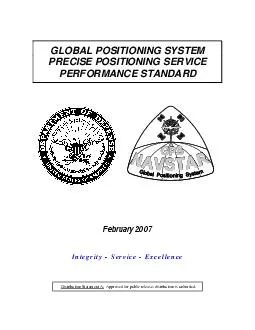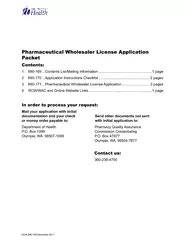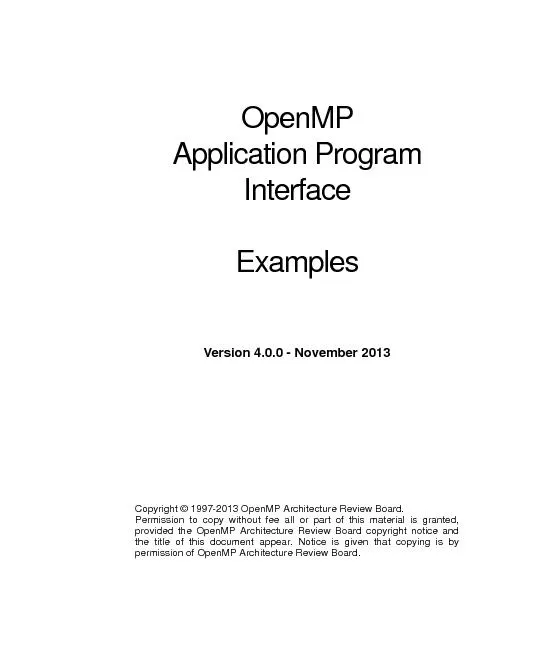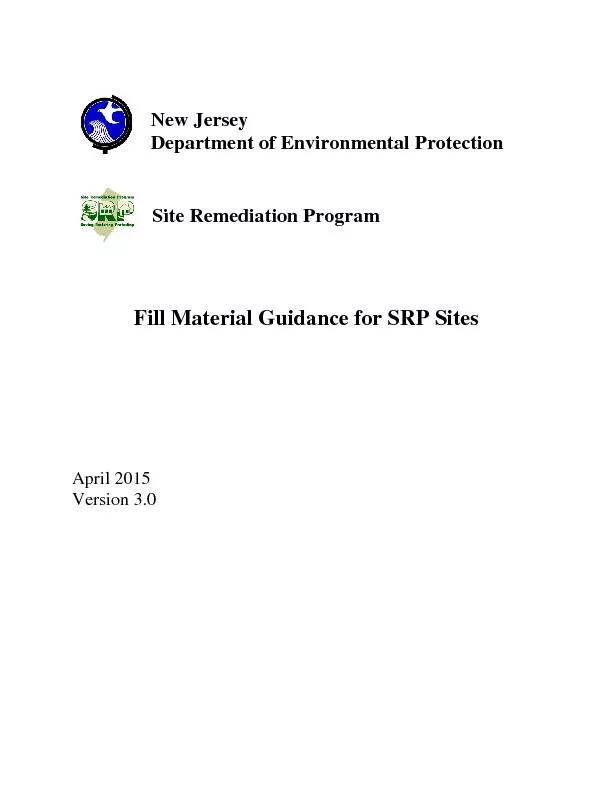PDF-(This page intentionally left blank.)
Author : jane-oiler | Published Date : 2017-03-07
February 2007 February 2007 service responsible for the JPO the GPS JPO wastruly a joint program office in that it included members from all branches of the US military
Presentation Embed Code
Download Presentation
Download Presentation The PPT/PDF document "(This page intentionally left blank.)" is the property of its rightful owner. Permission is granted to download and print the materials on this website for personal, non-commercial use only, and to display it on your personal computer provided you do not modify the materials and that you retain all copyright notices contained in the materials. By downloading content from our website, you accept the terms of this agreement.
(This page intentionally left blank.): Transcript
Download Rules Of Document
"(This page intentionally left blank.)"The content belongs to its owner. You may download and print it for personal use, without modification, and keep all copyright notices. By downloading, you agree to these terms.
Related Documents














